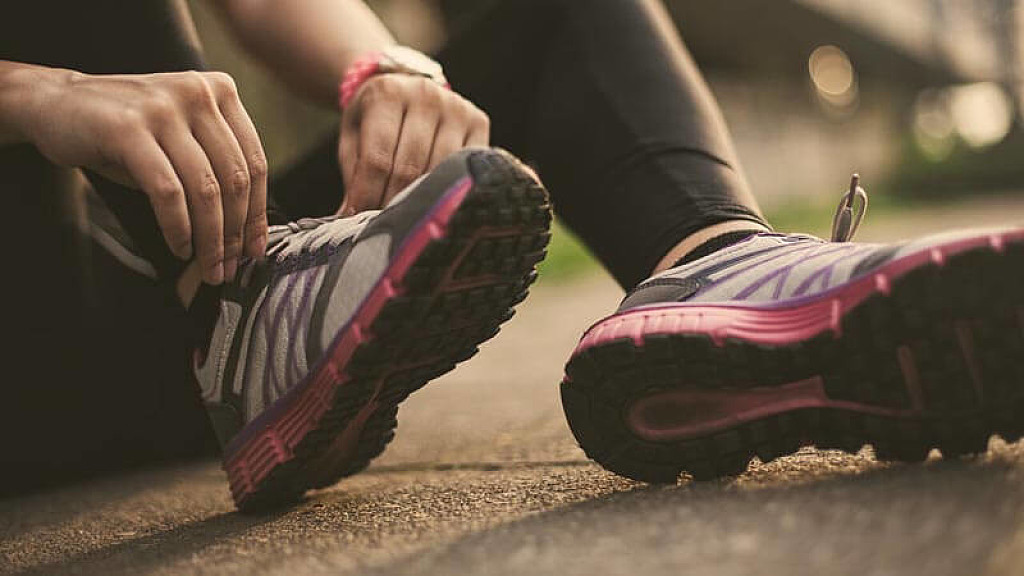Running News Daily
Running News Daily is edited by Bob Anderson. Send your news items to bob@mybestruns.com Advertising opportunities available. Train the Kenyan Way at KATA Kenya and Portugal owned and operated by Bob Anderson. Be sure to catch our movie A Long Run the movie KATA Running Camps and KATA Potato Farms - 31 now open in Kenya! https://kata.ke/
Index to Daily Posts · Sign Up For Updates · Run The World Feed
How to train safety for marathon season during the pandemic
With less access to gyms and people sitting for longer stretches as they work from home, many runners are experiencing more aches and pains than usual, says Jordan Metzl, a sports medicine physician at the Hospital for Special Surgery in New York.
Here, experts weigh in on how to stay motivated and get across the virtual finish line injury free:

Create a support network.

Remember, you won’t have water stations every mile and frequent aid stations like you would during a live marathon. “You should map out your course and leave supplies like water bottles, energy chews and Vaseline at different points,” says Cristina Martello, a physical therapist and running-analysis specialist at SPEAR Physical Therapy in New York City. She also suggests stashing extra masks with supplies. “Most sportswear companies make masks that are less constrictive, more breathable and they can stand up to the condensation from heavy breathing,” she says.
Aaron Mares, associate medical director for the Pittsburgh Marathon, emphasizes the importance of sharing your route with someone or using a buddy system while still following local and state social distancing guidelines.
Use the virtual format to your advantage.
Most marathons require runners to rise before dawn to arrive at the starting line, which can be tough if you aren’t a morning person, notes Chad Asplund, professor of family medicine and orthopedics within the sports medicine division at the Mayo Clinic in Minneapolis. “One positive of the virtual format is that you can choose a time that works best for you,” he says. “Having a window of days also gives you more flexibility with weather. If it’s raining or really hot the day you planned to run, there’s no penalty for postponing.” Dr. Asplund also points out that many traditional marathons ban headphones, so while there won’t be crowds, at least runners can listen to their favorite playlist.
Listen to your body more than your training program.
Most typical marathon-training plans are 16 to 20 weeks. If you’re struggling with 6 miles and your plan has you jumping to 15, consider scaling back, Dr. Mares says. “A lot of us are out of our normal routines and deconditioned,” he says. “Don’t beat yourself up if you feel sore at Mile 8 of a 12-mile run when in past years you normally wouldn’t have problems.”
Brett Toresdahl, research director for the Hospital for Special Surgery Primary Care Sports Medicine Service in New York, says in general that soreness that goes away with warming up and within the first mile of a run is OK. “If there is pain that gets worse throughout the course of a run and causes a runner to limp or change how they run, that should be seen by a sports medicine specialist,” he says. Many physical-therapy clinics are open or offering telemedicine.
Don’t neglect cross-training.
“The biggest mistake people make is thinking as long as they get their long runs in they’ll be able to get through 26 miles,” Ms. Martello says. “Half the battle is doing shorter runs and cross-training.”
Dr. Asplund says if you’re short on time, it’s better to skip an easy run day and focus on strength. “Runners are great at going straight ahead,” he says. “Injuries arise when the gluteus medius and external hip rotators are weak. These are the muscles that stabilize the pelvis.” Try this workout to build hip stability.
Embrace recovery days.
Runner’s bodies tend to break down two to four weeks before race day, Ms. Martello says. Typical overuse aches and injuries include shin splints, patellofemoral pain (also known as runner’s knee) and Achilles and hip flexor tendinitis, she says. “The best way to prevent these aches from sneaking up on you is to put a lot of stress on recovery days,” she says. Recovery days should include icing, self-massage, like foam rolling, and mobility work and stretching. And if you’re feeling pain, take a day off, she says.
Take your taper weeks seriously.
Some people find it challenging to cut back after working up to big miles. But the marathon taper, a gradual decline in mileage that typically starts two weeks before the event, prepares the body to be at its peak on race day, Ms. Martello says. “This isn’t the time to sneak in miles you missed or bang out heavy squats,” she says. She suggests combining short runs with dynamic warm-up exercises such as monster walks and walking knee hugs to help keep the muscles fluid.
by Jen Murphy
Login to leave a comment




